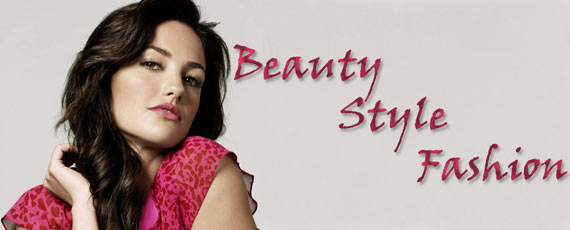
Human Physical Appearance
Attitudes about physical appearance may be influenced by advertising. Magazine ad for Obsession perfume, by Calvin Klein.Variation in the physical appearance of humans is believed by anthropologists to be an important factor in the development of personality and social relations in particular physical attractiveness. There is a relatively low sexual dimorphism between human males and females in comparison with other mammals.
However humans are acutely sensitive to variations in physical appearance for reasons of evolution.
Some people have traditionally linked some differences in personal appearance such as skeletal shape with race, such as prognathism or elongated stride (but this is a controversial and sensitive matter).
Some differences in human appearance are genetic, others are the result of age or disease, and many are the result of personal adornment.
Different cultures place different degrees of emphasis on physical appearance and its importance to social status and other phenomena.
Physiological differences in human physical appearance from individual to individual
Height, weight, skin color, sexual organs, moles, hair color and type, body shape, somatotype (ectomorph, mesomorph, endomorph), body deformations, mutilations and other imperfections such as amputations, scars, and wounds. Genital modification and mutilation is particularly common in some cultures.
Long-term physiological changes in an individual
Aging
Short-term physiological changes in an individual
Blushing, crying, fainting, sexual arousal, reddening of the skin due to increased blood flow due to exertion. Sweating, Shivering, skin colour changes due to sunshine
Clothing and personal effects
- clothing, including headgear and footwear; some clothes alter or mold the shape of the body (e.g. corset, bra)
- style and colour of haircut (see also dreadlocks, braids, ponytail, wig, hairpin, facial hair, beard and moustache)
- cosmetics, stage makeup, body paintings
- body modifications, such as body piercings and tattoos
- decorative objects (jewellery) such as a necklaces, bracelets, rings
- medical or body shape altering devices (e.g. tooth braces, bandages, hearing aids, calipers, cervical collar, glasses, gold teeth)
Other functional objects, temporarily attached to the body
- headphones
- sunglasses
- goggles
- watch

























